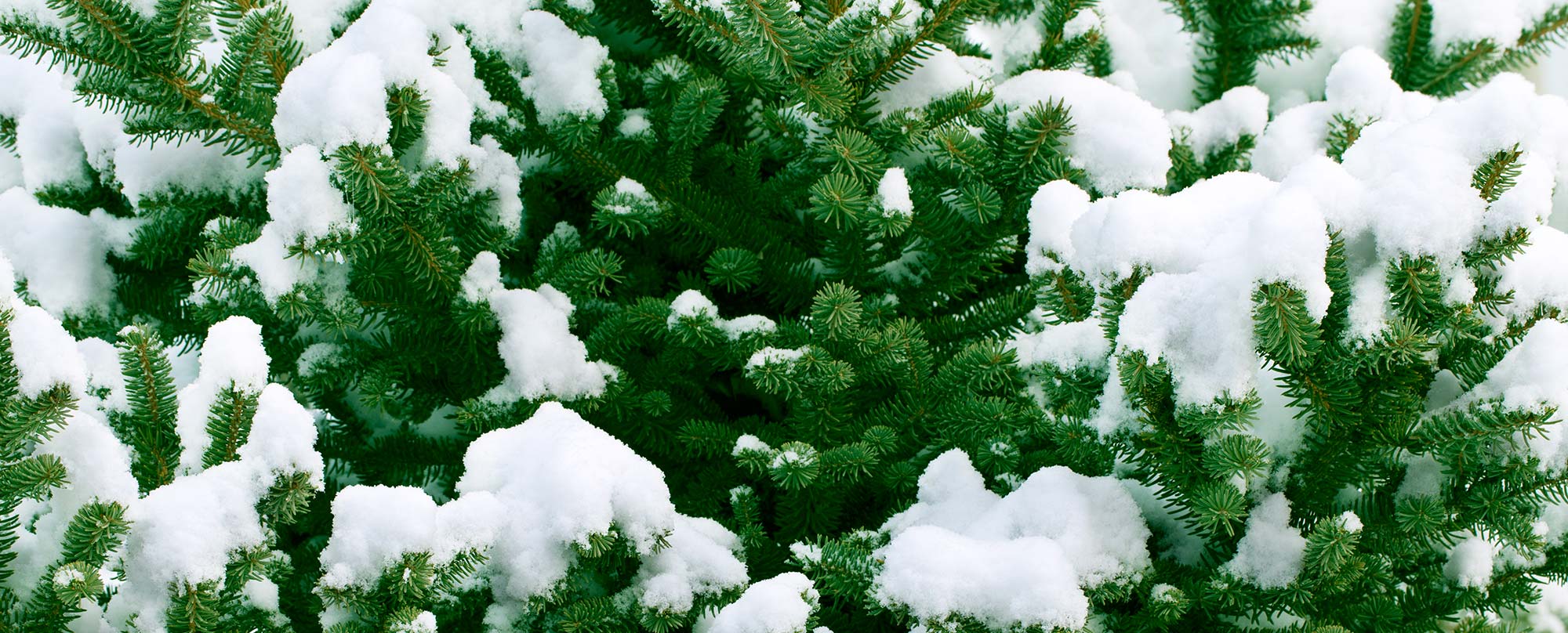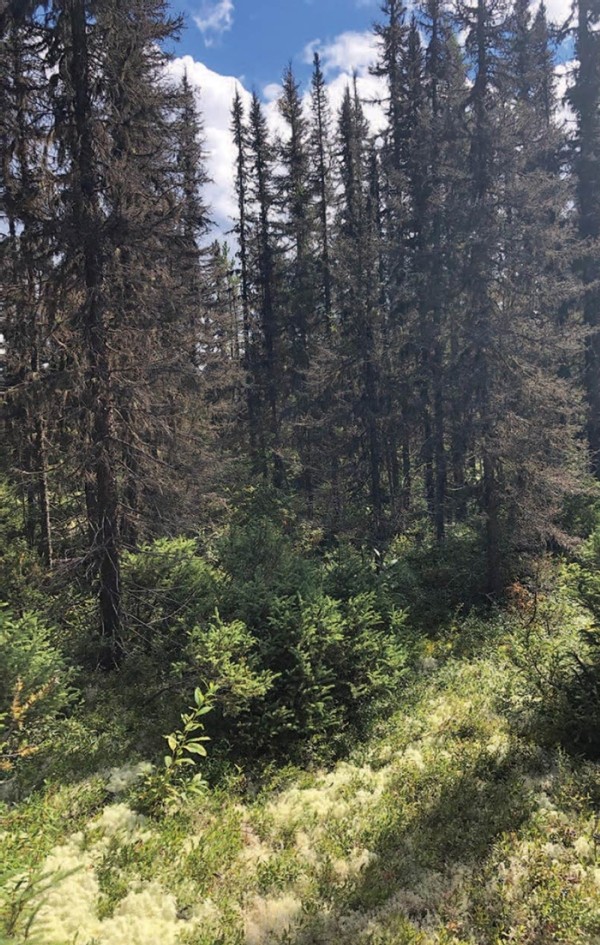The boreal forest encircles the northern hemisphere from Alaska to Russia to Scandinavia to Labrador, making up almost one-quarter of global forest area and containing more than a third of global forest carbon. But rising temperatures are raising concerns across the boreal forest region about biodiversity, increased risk of wildfires, and the future of land-based livelihoods.
Using satellite imagery, NASA-funded researchers at Northern Arizona University have found some evidence of how the boreal forest is changing. Focusing on areas with minimal disturbance from logging, mining, and other activities, they developed a “greenness” index of vegetation growth during the last 35 years.
The results, published earlier this year in the journal Global Change Biology, showed that for much of the region that includes North America, vegetation growth or “greening” was more common than vegetation dieback, or “browning,” especially in sparsely treed areas along the cold northern margin where the boreal forest meets tundra. The Labrador Peninsula was one of several global hotspots of greening, although the rate of greening has slowed in the most recent years. The study also showed that all greening was not good for forests; for example, in southern Siberia, trees were losing ground to grassland steppe.
What are the implications of this research for the future of the Northern Forest region? With such a large-scale assessment, it’s hard to “zoom in” on a particular forest.
Loss of forest seems unlikely. According to Logan Berner, who led the study, “Your region is somewhat unique in that it’s much wetter than most of the other northern regions, so a transition from boreal forest to grassland seems much less likely.” Yves Bergeron of University of Quebec, who was not involved in Berner’s study but conducts research in the boreal forest of northeastern North America, agreed. “We have sufficient moisture to cope with increasing temperature. Fire frequency is still low and trees grow better,” he said.
Growth rates and species composition, however, are likely to change. Scientists disagree about which data sources are best for understanding changes in plant growth, but there is consensus that moisture levels are a key factor. Studies using tree-ring data have indicated that warming temperatures and drought stress will have highly detrimental impacts on forest growth in the Labrador area, particularly at the southern boundaries, said Martin Girardin of the Canadian Forest Service.
Black spruce and balsam fir are sensitive to warming at the southern edges of their ranges, and researchers expect hardwood forests of maple and birch to shift toward species that can better tolerate episodes of heat and drought anticipated, even within a wetter future. Regardless of how the question is approached or which data are used, researchers generally agree that “a biome shift is indeed underway” in northern forests. How, when, and where the shift will happen is still uncertain.


